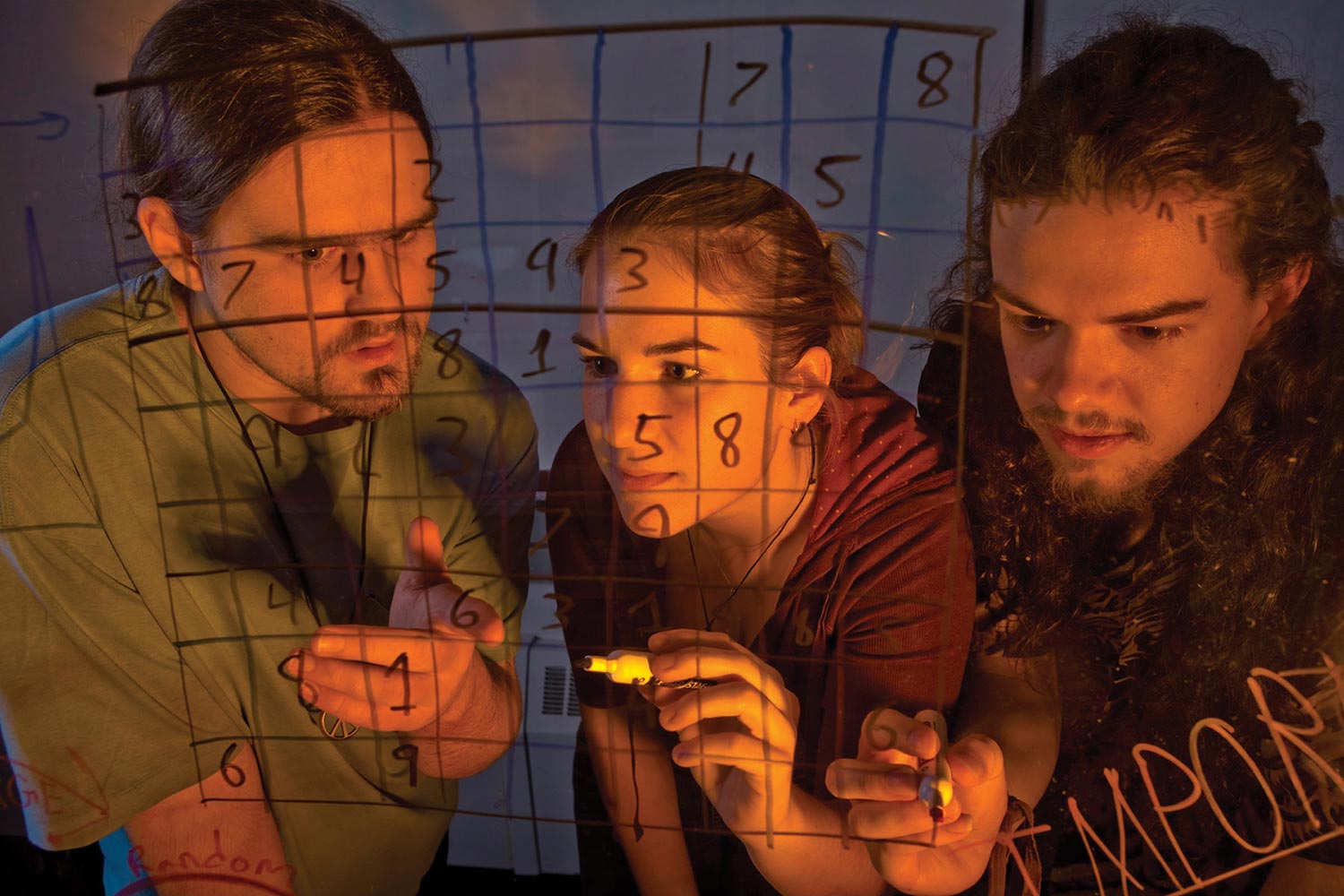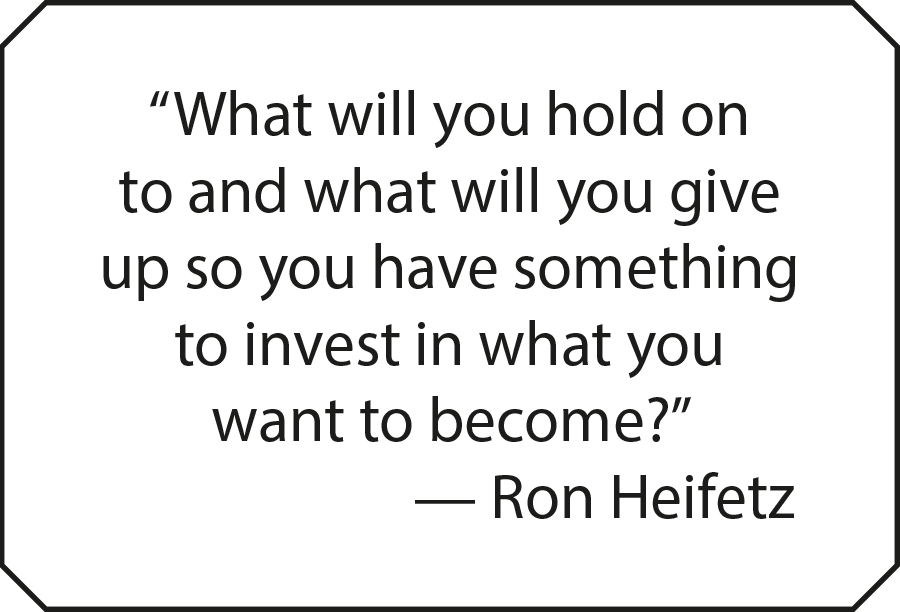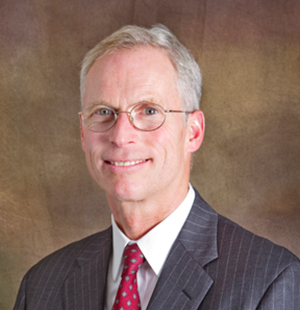
UAF undergraduates Rachel Krieg, Christopher Granade and Seth Chadwick demonstrate a Sudoku puzzle they created, which won them top honors from more than 1,000 teams participating in a worldwide applied mathematics competition. UAF photo by Todd Paris
Developing a Competitive Knowledge Economy
By Jim Johnsen
On a clear, cool late summer Fairbanks morning in 2015, I walked into my new office, the office of the President of the University of Alaska. It was not the first time I had been there, having worked for a previous president as his chief of staff and vice president. But it had been several years, years spent working outside the university in the private sector. I was excited for the opportunity to lead what I believed then – and even more now – is the single most important driver for creating Alaska’s future: the higher education of our people.
My eyes were wide open as I looked out the window, south over the Tanana Valley to Denali in the distance. Wide open because I knew that Alaska had the lowest college-going rate of any state in the country and that our economy, while increasingly diversified, had not developed enough of the elements of a “knowledge economy” essential for competitive success. I knew that the state of Alaska had been cutting the budget since 2014, that enrollment – and the tuition revenue that comes with it – had been declining since its peak in 2012, and that cost structures were high compared to other schools. I knew that the deferred maintenance backlog was estimated at $1 billion and rising as facility maintenance budgets were being cut. The three universities, along with 13 community campuses, were competing for resources, students and programs, while cutting their budgets and reducing programs, services, faculty and staff. Morale was down, and public support was down. Almost all the indicators were red.
All this I knew, for I had been part of the university system, both as an educator and an administrator, off and on for close to 30 years. And even when I was in the private sector, I stayed connected by working on higher education policy issues such as expanding Alaska’s tax credit program for companies donating money to our schools and setting Alaska’s post-secondary education goal of 65 percent by 2025.
But it’s not enough for a leader to have a handle on what is known, as challenging as that may be. A more telling leadership test is how a leader deals with the issues, challenges and problems we don’t know are there. A second leadership test, also critically important, is how the leader leads change. I will share a couple of stories that illustrate these two perspectives and wrap up with one more test for leaders.
Leading Through the Unknown
As I stood looking out the window early that first day, there was a knock on the door. It was the Chair of the Board of Regents and the General Counsel. My initial thought was that they had come to welcome me back to the university. Actually, they were there to share a problem they could not discuss with me until I was “under the tent.” That problem was the university’s failure to comply with federal guidance on how to handle cases of sexual misconduct. They went through the most serious cases and described the government’s process, which was a compliance review that would take about 18 months, at which time the findings and any resolutions would become public.
In addition to getting into compliance with the federal guidelines immediately, we had to consider an important question: Should we go public now or wait for 18 months for the process to be completed? Most other universities waited until the review was finished before going public. My view, however, was that the university’s interests were better served by going public immediately, admitting the errors of the past and using the disclosure as leverage for driving change and awareness right away.

Though a difficult question, the answer was actually pretty simple because the university’s interests include public, faculty and student confidence in the university and its honesty and credibility. It turned out public confidence was enhanced by disclosing quickly rather than waiting. Evidence of our making the right decision to be transparent in 2015 included expressions of support from advocacy groups, students, political leaders and even the federal government. Additionally, when we eventually did complete the process with the government, media attention and criticism from the community were minor and, more importantly, we were already well on the way to compliance.
Leading Change
Leading a university through a process of change is always difficult, but it’s even tougher when that change is forced by cuts to revenue and, at the same time, increased pressure to step up in meeting the higher education needs of the state. The key question, which I borrow loosely from leadership scholar Ron Heifetz, is: “What will you hold on to and what will you give up so you have something to invest in what you want to become?”

Oxana Shevchenko performs her recital during the first round of the Alaska International Piano-e-Competition at the Davis Concert Hall. UAF photo by JR Anchetta
To answer that question, we established a process called Strategic Pathways, which involved 230 people – faculty, staff, students and community members – on 22 committees to explore how to more effectively meet the state’s needs for higher education with less money. Each committee assessed the issues, identified several options, evaluated the pros and cons of the options and sent all that on to me. I then consulted with the people affected by the options, shared my initial “leanings” with the Board of Regents and with the affected people, and only then made decisions.
Some decisions took effect right away, others required more time, and, in some cases, the process continues. Examples include transitioning the school of management at one of our campuses into another college, allowing us to reduce administrative redundancy; aligning courses in our engineering schools so that students can take classes more easily from one campus or the other; standardizing our semester start and stop dates across all campuses; creating the Alaska College of Education, which is already helping coordinate our three schools of education so we can grow more of our own teachers; standardizing our procurement, contract and grant processes; and supporting faculty to collaborate across our university campuses.
Leading that change at the university has not been without challenge. The pressure of budget cuts from the state forced decisions to be taken quickly, too quickly for many members of our university and, in some cases, without perfect information or thorough analysis.
Leaders Learn
These two examples, the first about leading through the unknown and the second about leading change, share a necessary element of leadership, and that is learning.
Yes, some leaders are born with attributes that help them lead effectively. But all leaders benefit from learning from other leaders, learning new frameworks for understanding problems and charting solutions, and learning from their own mistakes – because if you are not making mistakes, you are not human, and if you are not learning, you are not leading.

Dr. Jim Johnsen was appointed to serve as the 14th President of the University of Alaska in 2015. He arrived in Alaska in 1983 on the deck of the M.V Matanuska. His career includes positions in state government, the university, Doyon, Limited and Alaska Communications. He holds degrees from the University of California Santa Cruz, the University of Chicago and the University of Pennsylvania. He and his wife Mary have two grown children, both born and raised in Alaska.
Jim Johnsen
President
University of Alaska